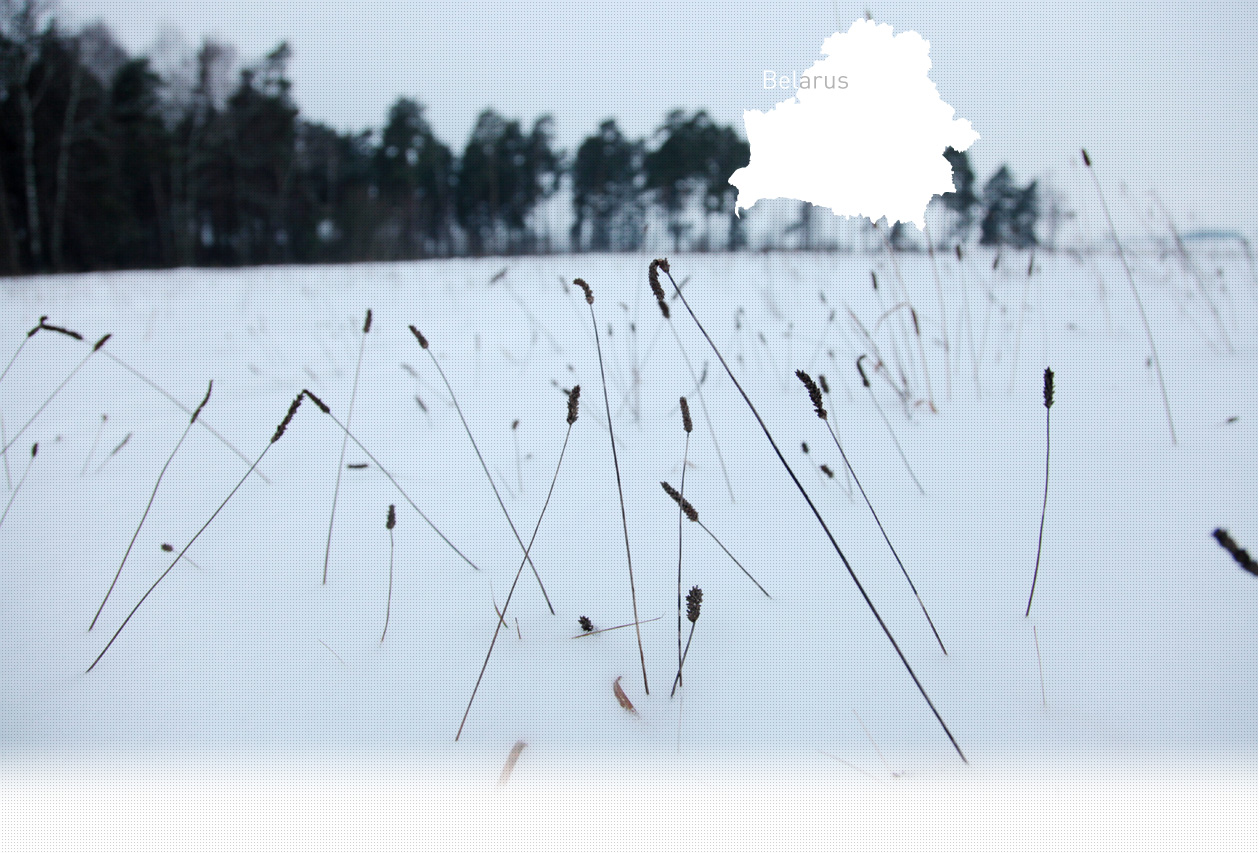

2 Killing site(s)
Sofia Z., born in 1930: “I think it was in spring. A group of Jews was taken to the execution site near the cemetery, where they were shot and burned. In the autumn, a second group of Jews was shot in a courtyard near the pharmacy. My mother and I tried to get to the field, but the Germans wouldn’t let us because the soldiers had started the shooting. I remember a Jewish girl who worked in the pharmacy, she was very beautiful. She wearing a dress and a white coat when she was taken to the shooting. Her coat was taken off before the shooting. Her body was thrown into the pit with the other bodies. I remember that there was an old Jewish man who managed to escape and hid in a forest 5km away from Budslav. The villagers brought him food”. (Testimony n°894, interviewed in Polesye, on May 18, 2016)
"On September 13, 1942, the German Gestapo and the local policemen organized the shooting of 50 inhabitants of Budslav. I was forced to bury the corpses in a mass grave. The 50 people were Jewish. The majority of the victims were young children. The head of the police, a certain K. and the head of Gestapo were responsible for this shooting.” [Interrogation report of the witness Piotr O. drawn up on March 20, 1945 by the State Extraordinary Commission; RG 22.002M. Fond 7021, Opis 83, Delo 7]
Budslav is located about 120km north from Minsk on the banks of the Servach River. At the beginning of the 20th century 121 Jews lived in the village. One the eve of the war, the majority of the Jews lived in the central square, they mainly worked in commerce.
According to the witness, Jewish children went to the local school, but they had separate religion lessons with the rabbi at the synagogue. The synagogue was located on Dolginovskaya (now Pochtovaya) street. It was a wooden building with a small balcony and two six-pointed stars. Only Jewish men went to the synagogue, and the women prayed at home. Being under Polish rule, the territory was occupied by Soviets in September 1939. All private shops were immediately closed, along with the synagogue. The synagogue was later turned into a bathhouse for orphans, before eventually being dismantled. The Germans occupied the village on July 2, 1941.
During first months of the Germans occupation, Jews were forced to wear yellow patches with a Star of David. All Jews from 12 years of age were forced to work. At the end of July 1941, the Judenrat was created.
According to the archives, the first Aktion in the village took place in late August or the first half of September 1941. A group of German soldiers, led by four officers, rounded up more than 50 Jews, including children, took them to a clearing in the nearby forest and shot them. Their bodies fell into large pits that had been dug by local farmers. The remaining Jews probably lived in a form of open ghetto in the village until September 1942. German and local police forces shot most of these Jews, about 100 people (300 according to the witness), in the forest.
The few Jews that remained were murdered in October 1942, along with several Belorusians and Poles accused of underground activity. Over 70 Jewish artisans were rounded up and taken to the courtyard of a Jewish house where a pit had been dug. The victims had to approach the pit one by one and were shot by a “sniper” through the window of the house. According to locals, it must have been an SS officer, because three SS officers entered the house before the execution and only two of them left. A few Jews managed to escape and join the partisans in the forests.
Do you have additional information regarding a village that you would like to share with Yahad ?
Please contact us at contact@yahadinunum.org
or by calling Yahad – In Unum at +33 (0) 1 53 20 13 17